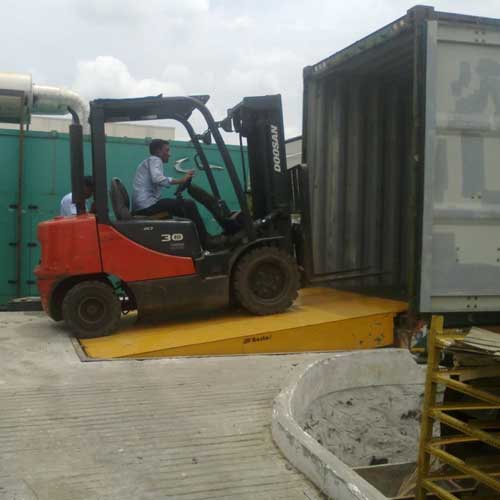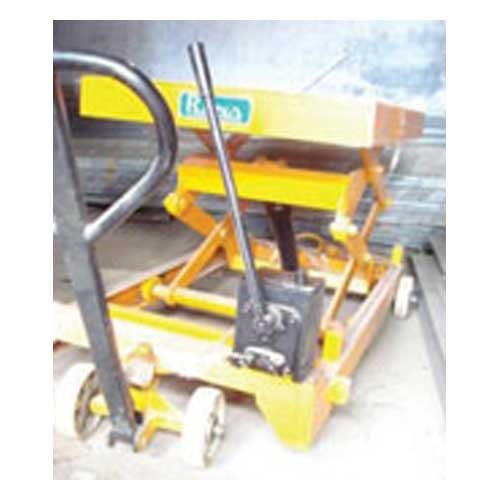Schedule a Call Back
Tips for warehouse automation to maximise output
 Articles
Articles- Sep 18,19

- Selection of right product: Now-a-days, there are diversified automation products available in market for every process in the warehouse. But one should identify which one is best suitable for the operation, because things that works well for one organisation, may create disaster for the other. Therefore, forming the right team to take call on automation product is very critical; and availability of such trained resource is very scarce.
- Silo working: Any company going for automation must look at supply chain as a complete umbrella & not just a warehouse. If your upstream suppliers can perform certain activities more cost effectively than you can at your warehouse, trust your partners to perform these tasks and you should pay them a little extra. Similarly, if performing certain tasks at your warehouse (for a marginal increase in labour costs) results in significant labour savings downstream (e.g., faster receiving and shelf replenishment at the stores), then those tasks should be done at your warehouse.
- Ever changing business requirements: With frequent changes in SKUs, addition of new products, changes or fluctuation in demands, there is direct impact on design of automated system developed for warehouse. Therefore, it is very important that you design automation system considering future demand of operation. Also, automation system should be easily scalable & modular, so that any changes in business can be catered smoothly & efficiently.
- Change Management: One of major challenge in implementing automation in any warehouse is change management, because business processes, work flows need to be rewritten with implementation of automation. This means that all manpower involved in the warehouse operation has to learn as well as adhere to new processes. As a human tendency, there is always reluctance to change and lot of people come justifying, how current processes are simple & efficient. Considering above, it may make sense to initiate as small and build a scalable solution. The path to advanced automation sometimes involves going through each level of automation sequentially as the business matures. When making the first upgrade decision, you should think ahead and pick an automation solution that is scalable and can be easily integrated with future solutions.
Related Stories

Mahindra Logistics opens Phaltan warehousing facility for Cummins India
This facility aims to enhance Cummins India’s logistics ecosystem by boosting supply chain efficiency, availability, and end-to-end visibility across Mahindra Logistics’ expansive integrated dis..
Read more
Mahindra Logistics launches services on ONDC network
Mahindra Logistics will provide same-day and next-day intra-city pick-up and delivery services to all sellers on ONDC.
Read more
Mahindra Logistics, Flipkart collaborate for enhanced e-commerce efficiency
Mahindra Logistics, one of India's largest integrated third-party logistics service providers, will primarily facilitate Flipkart's e-commerce parcel movement.
Read moreRelated Products

Dock Leveller
Besto Material Handling Equipments offers a wide range of dock leveller.

Multi Tire
SCI Storage Solution offers a wide range of multi tire.

Industrial Lifting Equipment
Rana Material Handling Equipments Pvt Ltd offers a wide
range of industrial lifting equipment.
















